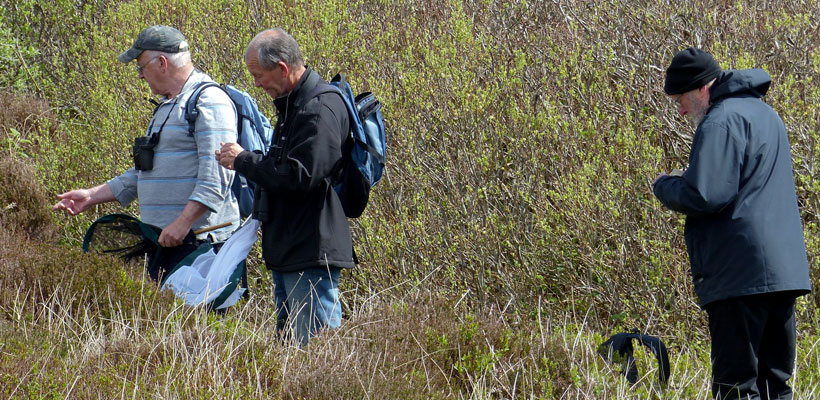 Lepidoptera Outer Hebrides
Lepidoptera Outer Hebrides
 Lepidoptera Outer Hebrides
Lepidoptera Outer Hebrides

The checklist of the butterflies and moths of the Outer Hebrides (Watsonian Vice-County 110) is based upon the observations of visiting and resident naturalists. The species illustrated and described on this website have been recorded and photographed by Chris Johnson and John Kemp since 2009, and more recently by local and visiting naturalists. Records of lepidoptera observed and caught in the islands which are submitted to Outer Hebrides Biological Recording are made publically available via the National Biodiversity Network Atlas Scotland.
Records of butterflies and moths (including caterpillars and pupae) observed in the islands should be forwarded to Outer Hebrides Biological Recording. Full details are available on the OHBR website where you can also download a copy of the systematic checklist. An annotated version, which provides additional information on the status and recorded flight times of the species within the islands and indicates which species require particular care with identification, is also available from the same source.
In the last ten years our knowledge of the lepidoptera which occur in the islands, both as resident and migrant species has increased significantly, however, our knowledge of their distribution remains patchy. This is largely due to the geography and topography of the islands and the small number of resident lepidopterists who are most active in the southern part of the archipelago. The relatively low diversity of species is a reflection of the limited range of habitats within the islands, particularly the absence of broad-leaf woodland and the dominance of upland and moorland habitats, and the geographical location of the islands.
Distribution maps are available on the National Biodiversity Network Atlas Scotland and will be available on this site in due course. Mapping the distribution of species is important for conservation and biodiversity monitoring, and records of common species are as valuable as those of the rarer butterflies and moths.
Biological recording in the Outer Hebrides is supported by NatureScot.
